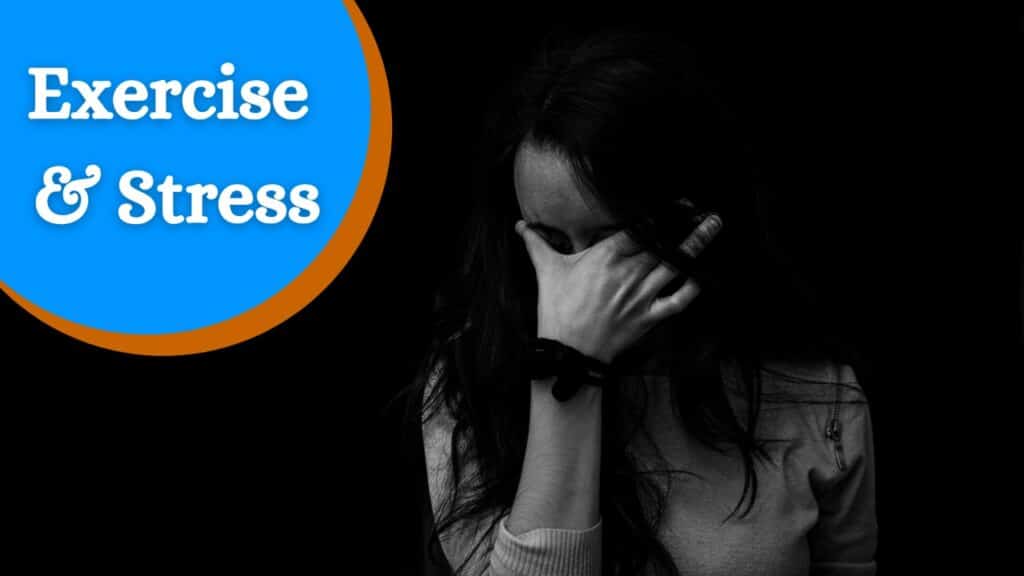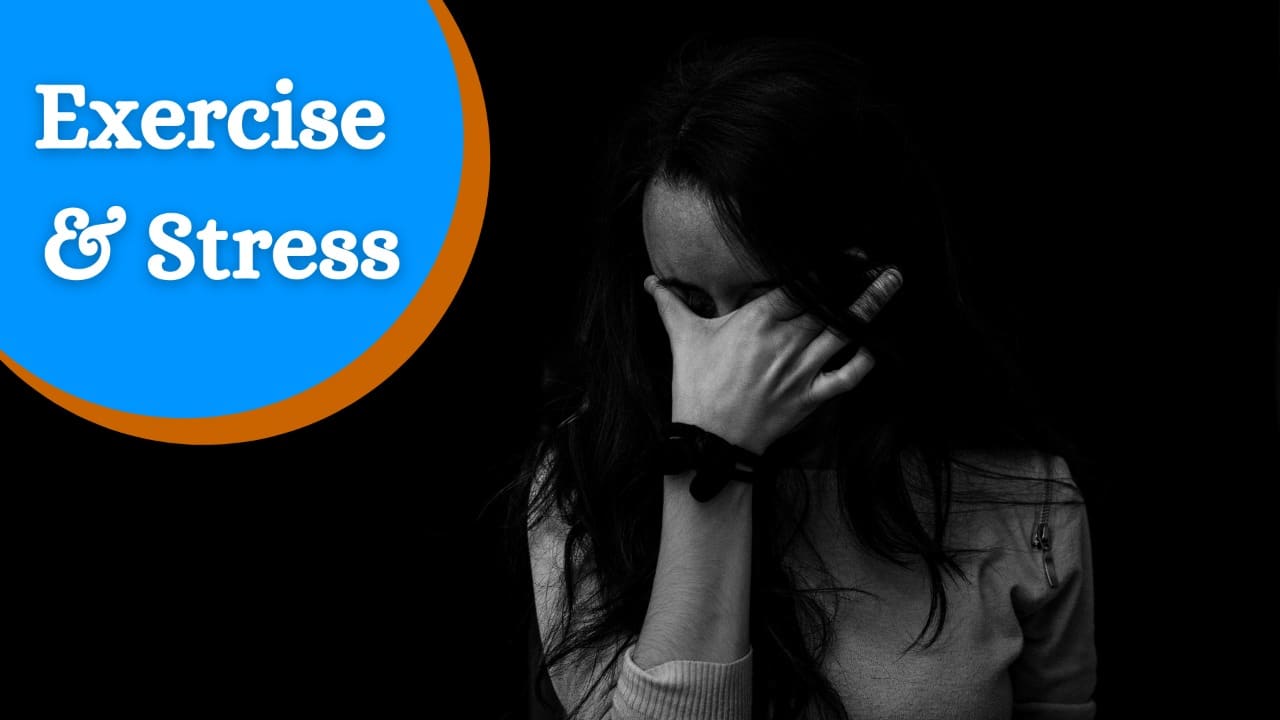Exercise, in almost any form, can aid in relaxation. Activeness can make you feel better by producing feel-good endorphins and diverting your attention away from your issues.
You’re aware that exercise is beneficial to your health, but you’re too busy and stressed to incorporate it into your daily routine. Wait a minute, there’s some positive news about exercise and stress.
Almost any sort of exercise, from aerobics to yoga, can help to relieve stress. Even if you’re not an athlete or in poor physical condition, a little exercise can go a long way toward stress relief. Learn about the link between exercise and stress alleviation, and why it should be a part of your stress management strategy.
Stress reduction and exercise
Exercise boosts your overall health and well-being while also providing you with extra energy throughout the day. However, exercise has some immediate stress-relieving properties.
- It raises your endorphin levels. Endorphins, the brain’s feel-good neurotransmitters, may be aided by physical activity. Although a runner’s high is often linked with this function, any aerobic activity, such as a rousing game of tennis or a stroll through the woods, might elicit a comparable experience.
- It assists in reducing the negative effects of stress. Exercise can aid in stress management by imitating the effects of stress, such as the fight-or-flight response, and allowing your body and systems to practice working together to overcome those effects. This can also have physiological benefits, including shielding your cardiovascular, digestive, and immune systems from the harmful effects of stress.
- It’s like moving meditation. After a fast-paced game of racquetball, a long walk or run, or a few laps in the pool, you may find that you’ve forgotten about the day’s irritations and are only focused on your body’s actions.
You may find that focusing on a single job, and the resulting energy and optimism can help you stay calm, clear, and focused in everything you do as you begin to habitually shed your daily stressors through movement and physical activity.

Put your workout and stress reduction to good use.
A good workout routine starts with a few easy steps.
- Consult your physician. Before beginning a new exercise plan, talk to your doctor if you haven’t exercised in a while or if you have any health issues.
- Before you sprint, take a walk. Gradually increase your fitness level. Exuberance for a new program might lead to overdoing it and, in the worst-case scenario, damage.
The Department of Health and Human Services advises that most healthy adults do at least 150 minutes of moderate aerobic activity or 75 minutes of strenuous aerobic activity per week or a combination of both. Brisk walking or swimming are examples of moderate aerobic activity, while running or biking are examples of vigorous aerobic activity. Higher-intensity exercise will provide even more health benefits.
Also, at least twice a week, complete strength training exercises for all major muscle groups.
- Do what you’re passionate about. Almost any type of exercise or movement can improve your fitness while also lowering your stress levels. The most important thing is to select an activity that you enjoy.
Remember that getting in shape does not require you to join a gym. Take a stroll with your dog, try body-weight exercises, or stay at home and watch a yoga DVD.
- Make a note of it. You might need to conduct a morning workout one day and an evening activity the following, depending on your schedule. Making time to move every day, on the other hand, can help you keep your fitness regimen on track. Make it a point to incorporate exercise into your weekly routine.
Maintain your focus.
The first step in starting an exercise regimen is to get started. Here are some pointers for adhering to a new habit or revitalizing an old one:
- Set SMART objectives. Make SMART goals – those that are specific, measurable, achievable, relevant, and time-limited.
If your major objective is to minimize stress in your life, one of your specific goals might be to commit to walking three times a week during your lunch hour. Alternatively, at home, try internet fitness videos. Alternatively, if necessary, hire a babysitter to watch your children while you go to a cycling lesson.
- Make a new friend. Knowing that someone is expecting you at the gym or in the park can be a great motivator. Make plans to go for walks or workouts with pals. Working out with a friend, coworker, or family member can help you stay motivated and committed to your fitness goals. Exercising with friends might be much more enjoyable!
- Switch things up in your routine. If you’ve always been a competitive runner, consider other, less competitive stress-reduction activities like Pilates or yoga classes. Additionally, these softer, gentler workouts may improve your running while also lowering your stress levels.
- Short bursts of exercise are recommended. Even short bursts of physical activity can be beneficial. If you can’t fit in a 30-minute walk, for example, consider a few 10-minute walks instead. Being active throughout the day might have a positive impact on your health. Move and stretch during a mid-morning or afternoon break, go for a stroll, or do some squats or pushups.
Interval training, which comprises short bursts of intensive activity at nearly full effort (60 to 90 seconds), can be a safe, effective, and efficient approach to reap many of the benefits of longer-term exercise. The most important thing is to incorporate regular physical activity into your daily routine.
Whatever you do, don’t consider exercise to be yet another task on your to-do list. Make a regular habit of doing something you enjoy, whether it’s an aggressive tennis match or a quiet saunter down to a nearby park and back. Physical activity of any kind can help you relax and become an important element of your stress-reduction strategy.




